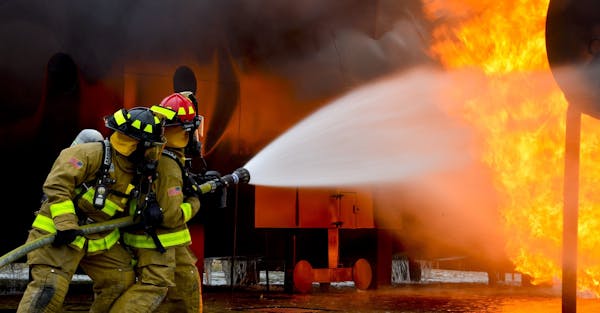There are a lot of things that homeowners need to keep in mind when it comes to water damage. Not only do they need to be aware of the risks involved, but they also need to have a plan in place for dealing with the aftermath. We will explore in this article some of the most common water damage scenarios and what homeowners can do to prepare for them.

Image Source: Google
There are a few different types of water damage that can occur in a home.
Drywall Damage: This is the most common type of water damage and it’s caused when water seeps through the walls and ceilings, creating an area of mold and mildew.
Wet Wood Damage: This occurs when moisture from rain, snow, or flooding penetrates the wood framing of your home and causes rot, decay, and eventual collapse.
Thin Film Water Damage: This happens when water droplets sit on top of one another on any surface (like glass) for some time.
Here are some tips for dealing with water damage:
1. Call a professional. Unless your home is structurally unsound, it's important to call in a professional water damage restoration company as soon as possible.
2. Clear away any objects that could catch on fire.
3. Turn off all electricity and gas lines before beginning the cleanup process.
4. Move any valuable items out of the area where water has penetrated the ground or walls – these places may be more susceptible to further leakage and damage from moisture.
5. Close off all exterior access points to prevent unauthorized people from entering during cleanup proceedings (and possibly spreading mold or other contaminants).
When handling contaminated materials, be sure to use appropriate safety precautions. And remember to always ventilate work areas and remove all combustibles before starting any cleanup.